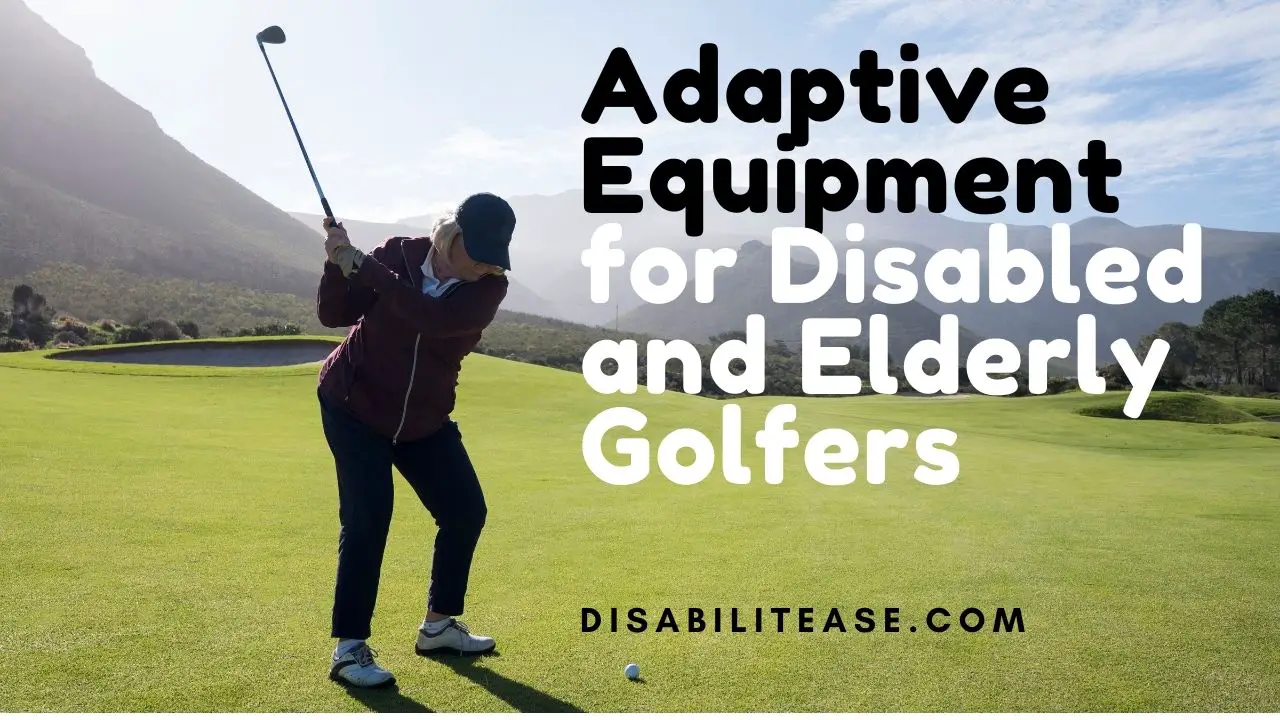An impairment of the nervous system caused by the improper development of some particular brain regions is an autism spectrum disorder (ASD). The term “spectrum” is used for this disorder because there is much diversity in the severity and condition of patients.

The symptoms of Autism Spectrum Disorder may victimize individuals differently. This developmental disability will affect the social interactions and communication skills of patients.
We have a related article for you, you can read Treatments of Autism Spectrum Disorder.
And, the individuals face severe challenges of unusual behavior and restricted interests. The extent to which these impairments affect the person varies.
Table of Contents
What Does Autism Spectrum Disorder (ASD) Look Like In Adults?
Generally, ASD shows its symptoms within the early two years, but it can also be diagnosed in late life. Early diagnosis will help the symptoms, but it is challenging because no particular test for the diagnosis of ASD is present. It is diagnosed by developmental monitoring and screening in which the child is put under observation.
The doctors will observe the child’s growth and developmental level, whether it matches with the children of the same age or not.
Any specific treatment for ASD cannot undo the symptoms and can only manage to minimize their interference in daily functioning. Moreover, every individual is treated differently according to their symptoms.
What Does ASD Look Like In Adults?
ASD is not solely a childhood disease; it can be diagnosed at any age. It affects adults in three main domains, i.e.,
- social interactions
- verbal and non-verbal communication
- ritualistic behaviors.
Symptoms are highly different among individuals according to the spectrum of severity. Some adults fear performing even simple daily tasks, while others are highly functional. Most of the time, their appearance does not distinguish them from others.
Individuals with ASD may have a wide range of abilities. In contrast to those with ASD, some may be nonverbal, while others may have good conversational skills.
Adults with ASD may struggle to make and keep friends, communicate with peers and adults, or ask what is expected of them in different social situations like school or the workplace. Because they also have illnesses like anxiety, which affect persons with ASD more frequently than those without ASD. Medical professionals can only identify patients.
Diagnosis of Autism Syndrome Disorder (ADH) In Adults:
Adult ASD diagnosis is much more challenging than ASD diagnosis in youngsters. Some ASD symptoms in adults can also be present in people with other mental health conditions, like depression or ADHD (attention-deficit/hyperactivity disorder).
Adults should consult a healthcare professional as soon as possible if they experience ASD symptoms.
The medical professional will ask and examine the social interactions, behaviors, limited interests, restricted routine, etc.
To get the information about the person’s early developmental history and ensure an appropriate diagnosis, the examination may also involve speaking with other family members.
Common Symptoms:
It is not wrong to say that no two adults with ASD can have identical symptoms. Some symptoms are, however, expected.
- Individuals with Autism syndrome disorder (ASD) are inferior in understanding the feelings of others and do not make eye contact while talking.
- Also, it is troublesome for them to communicate and keep up conversations. They face difficulty expressing their emotions, and their inflections cannot reflect their feelings.
- Moreover, these individuals strictly repeat their daily routine activities and dislike unexpected events. It is also seen that people with ASD have excellent knowledge about a specific matter. They face trouble in interpreting the facial expressions and body language of others.
Symptoms (At Home):
Some typical signs can be seen in adults with ASD at home.
- The patients constantly run into objects and enjoy playing solitary activities. They play individual games rather than team sports where many people work together in a team to achieve the same goal.
- These individuals always searched for a best friend but never succeeded.
- Also, they create their terminologies to explain different things.
- Moreover, they constantly clear their throat without the urge to talk.
- They strictly follow the same routine and hate unexpected events.
Symptoms (At the workplace):
Symptoms may vary according to the condition’s seriousness. But some signs are observable in ASDs at work.
- They will usually gaze somewhere else when they are speaking to anyone.
- These patients speak like robots means they don’t have emotions or ups and downs during talking.
- Also, they converse with their family, friends, and coworkers similarly. They get irritated when someone changes their desk setting.
- Moreover, they constantly clear their throat even if no one is talking to them. These are some signs that will help you catch the disease.
Causes:
What causes ASD is not well-known, but many factors can contribute to the disorder.
The most recent research indicates that several hereditary variables may complicatedly raise the chances of developing autism. Thus, if someone in your family is a victim of ASD, you are at risk because it can move in genes. Some medicines taken in pregnancy can also cause side effects leading to ASD.
Although this ratio changes over time, males are more diagnosed with autism than females, but the reasons are not well-known.
Although not confirmed, there may be different causes. According to some researchers, the amygdala, a brain region, may be damaged.
Others are investigating whether a virus could cause symptoms or not. Male children are often more frequently diagnosed with autism.
Also, if the parents are old and give birth to a child, the risk increases. Vaccines may contribute to ASD, according to some parents. But research has not discovered a connection between vaccinations and ASD.
Treatment:
For ADH, there is no cure. The treatment is different for individuals according to their condition because ADH impacts each individual differently.
Also, treatment can only improve the symptoms. Most of the time, nothing makes them distinct from other people. ADH patients may have many qualities like some have excellent conversation skills.
So, treatments involve several specialists and are customized for each patient. The goal of current treatments for autism spectrum disorder (ASD) is to lessen symptoms that affect everyday life and quality of life.
Several Types Of Treatments:
Numerous treatment options include psychological, behavioral, social, educational, etc.
- Psychological Techniques
With the aid of psychological techniques, mental health conditions like depression and anxiety can be managed. The relationship between thoughts and behaviors is understood by a psychological therapy known as cognitive-behavior therapy (CBT).
The patient and medical professional define some goals during CBT to modify how a person thinks about a situation to improve their reaction to the situation.
- Behavioral Methods
Behavioral methods are used to change the behavior by comprehending what occurs before and after the conduct in any situation. The best research about ASD symptoms uses behavioral approaches. These approaches are applied in different schools and medical facilities since they are now widely accepted by educators and health care experts.
A very well-known behavioral treatment is Applied behavioral analysis (ABA). This treatment aims to increase and polish the abilities by encouraging desired behaviors and discouraging undesirable ones. Besides ABA, the patients potentially benefit from other behavioral therapies also. The best solution should be discussed with your doctor.
- Developmental Treatments
Developmental treatments concentrate on enhancing developmental abilities like linguist or physical ability. Behavioral and developmental techniques are frequently coupled together to get more fruitful results. The most used and effective developmental therapy is speech and language therapy. The effectiveness of a person’s knowledge and use of language is improved to a great extent by speech and language therapy.
Different patients convey their messages by different methods. Some use verbal communication; others might use signs, hand gestures, or any electronic device.
Also, you have to check out my post on How Autism Can Affect Driving?
Over the years, parents and caretakers have sought different ways to help individuals with an autism spectrum disorder. Researchers have experimented with several alternative methods involving specific diets and supplements.
No substantial evidence supports these treatments, but they are in practice, and in most cases, they are helpful. Further research into these interventions is going on.

Hi, my name is Eddie, I am a professional trainer specializing in the elderly population and I’m also a website designer. I love training in the gym, going to the beach, traveling, and having good food.
I combined my love for sport and website designing to make “DisabilitEase” whose purpose is to help elderly and disabled people live a more full and active life, have more fun, and enjoy their unique journey despite any disability.



